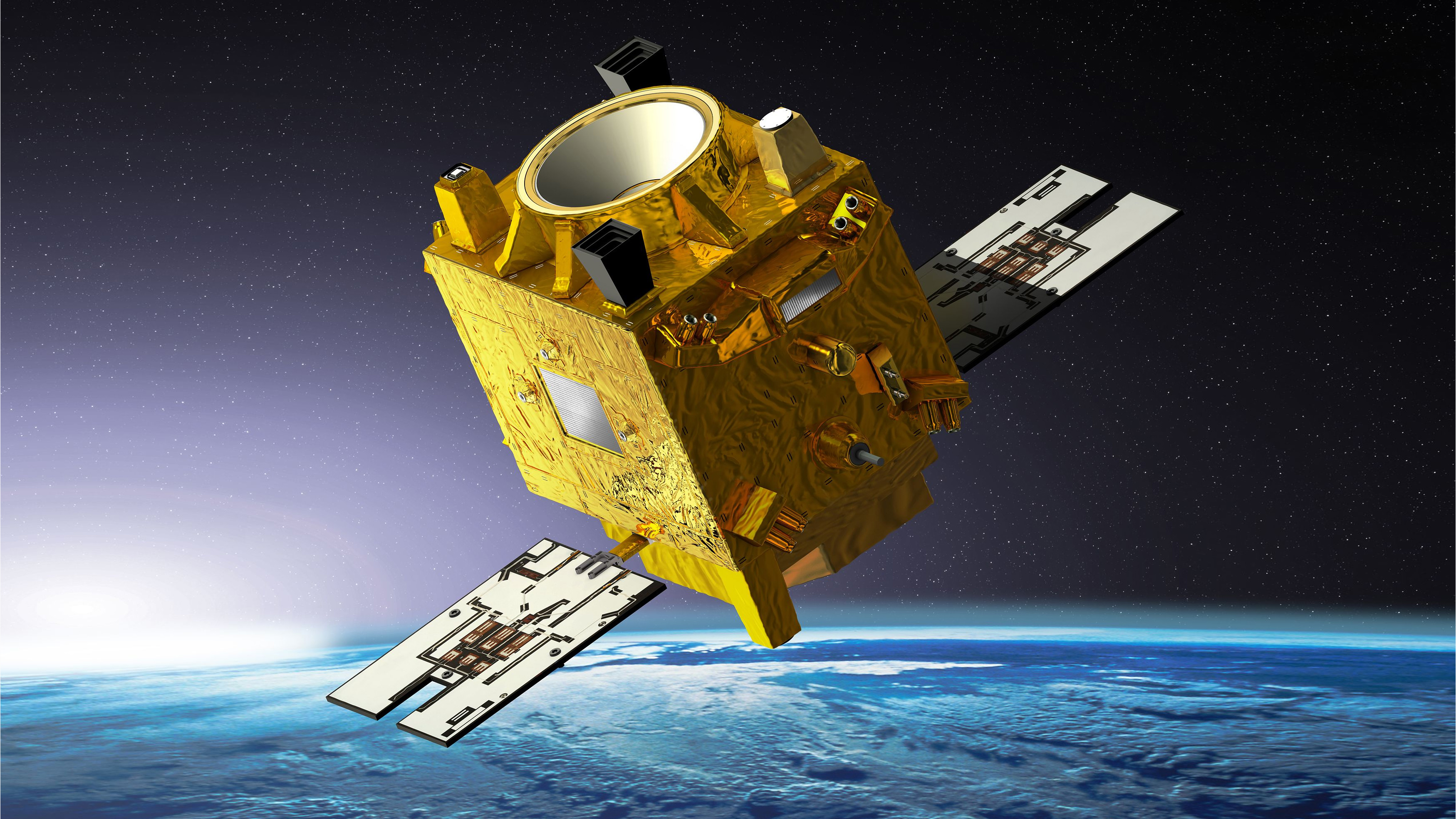An orbiting 'Microscope' is about to discover if Einstein was right

Physicists are preparing to conduct an experiment in orbit which will test out one of Einstein's most famous theories - the theory of general relativity.
The theory states that space and time are just two aspects of a single 'spacetime', which is curved by the actions of gravity, matter, energy and momentum. People like to use a big rubber sheet with weights on to explain this, though that explanation isn't without its problems.
According to Einstein's theories, two objects in perfect free fall should move in exactly the same way. There's only one place where you can keep something in permanent free fall, and that's orbit.
So scientists loaded two different pieces of metal - one titanium and the other a platinum-rhodium alloy - into a satellite called Microscope and sent it into orbit on a Russian Soyuz rocket from Arianespace's launch pad in French Guiana over the weekend.
Perturbations
"In space, it is possible to study the relative motion of two bodies in almost perfect and permanent free fall aboard an orbiting satellite, shielded from perturbations encountered on Earth," said Arianespace.
If the two objects move identically then Einstein was right and we can chalk up another victory for humanity. Nice. If they behave differently, however, then that'll be even more exciting - it'll "shake the foundations of physics", according to France's CNES space agency, which financed 90% of the project.
"We shall then know that Einstein's theory of general relativity is not the whole story of gravity - that there are other forces contributing to it," French physicist Thibault Damour told reporters in Paris last week. "It will not mean that Einstein's theory is completely wrong - just incomplete."
Sign up for breaking news, reviews, opinion, top tech deals, and more.
Copernicus
Alongside Microscope, the rocket also took an Earth observation satellite into orbit - Sentinel-1B. It'll join Sentinel-1A, which was launched two years ago, in monitoring the planet's surface with radar and helping in disaster relief operations.
The twin satellites, which are part of the 3.8 billion euro Copernicus project, will be able to take a picture of anywhere on Earth every six days, letting them spot icebergs, oil spills, illegal logging or landslides. Four more similar craft will join them in the coming years.
